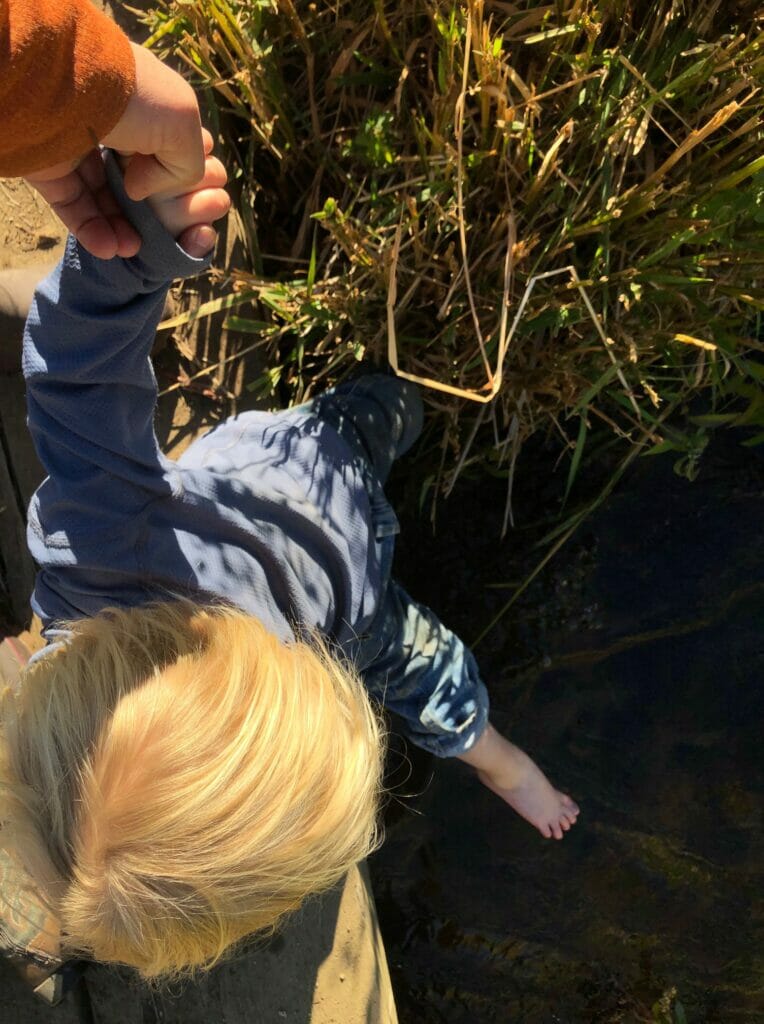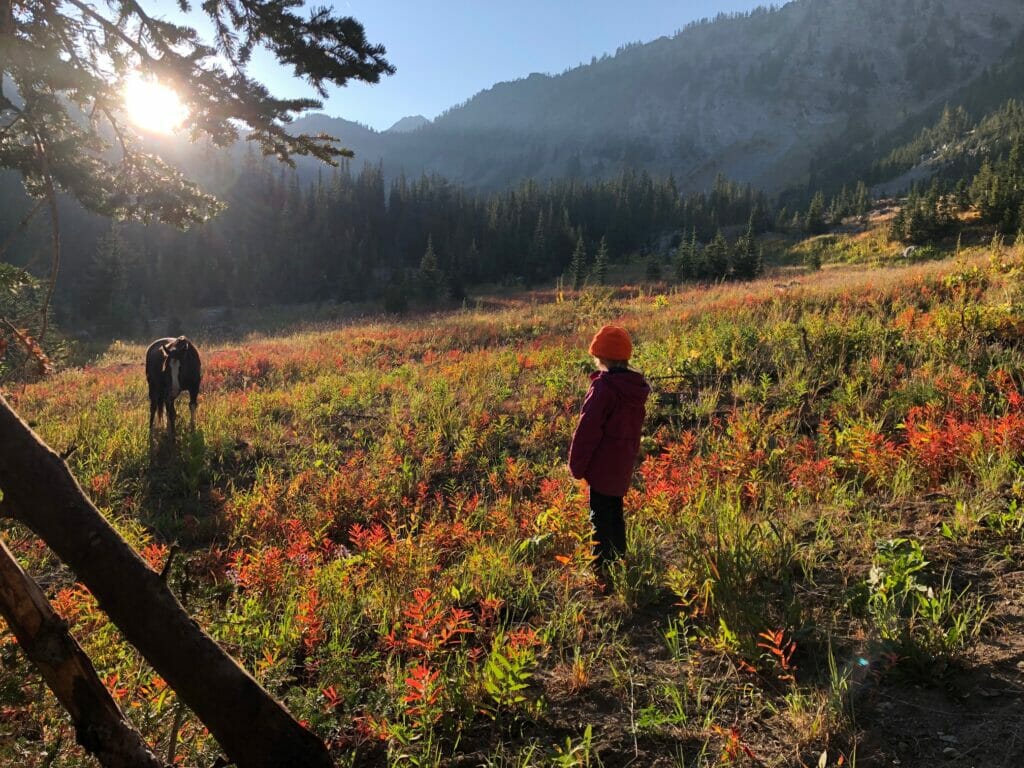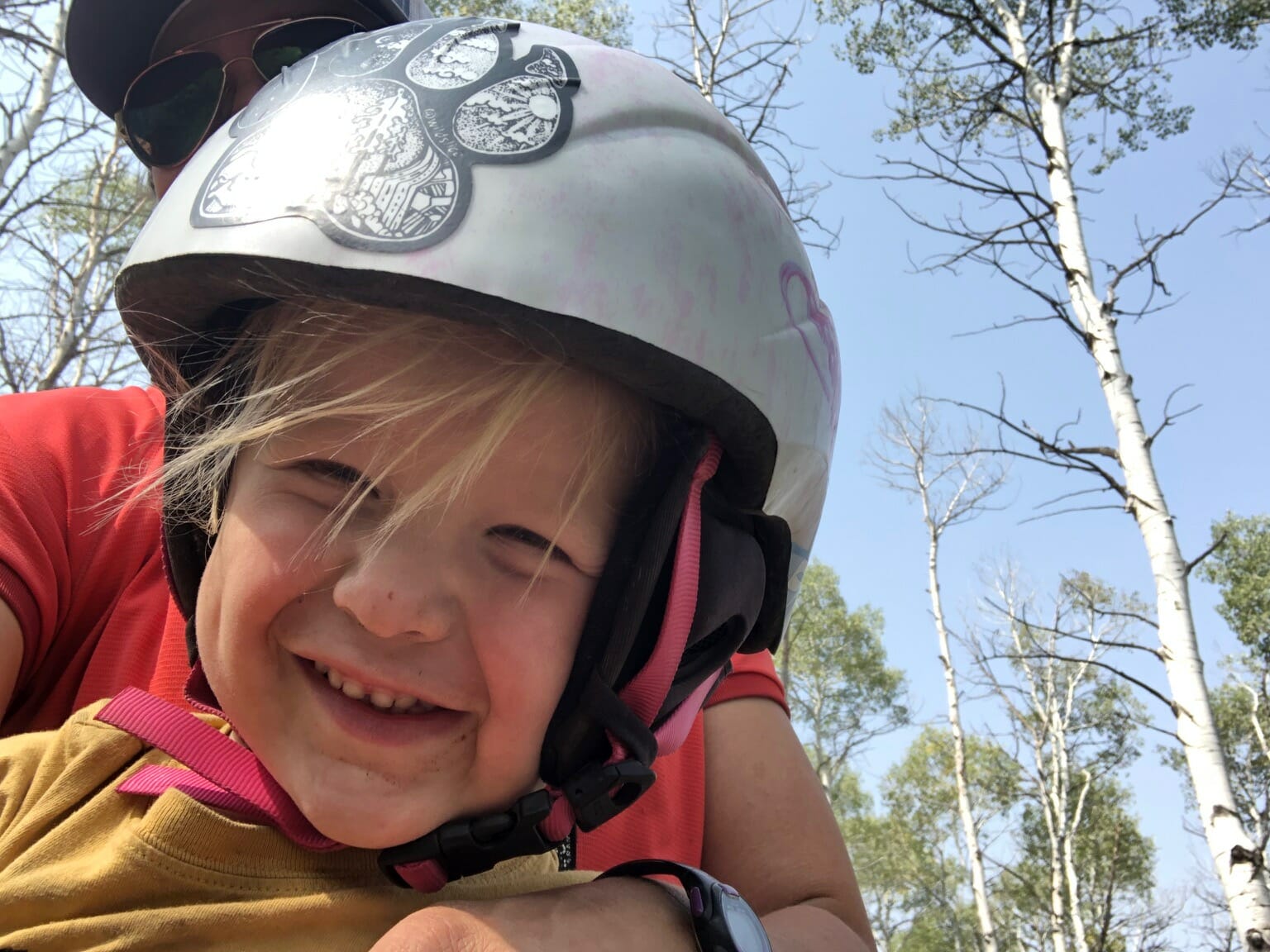These days, I have a habit of starting my morning with too much coffee and a big fat bucket of guilt.
The mornings start with Rooster mistaking the kitchen light for the sun, unhappy dogs whining in their crates, a growing pile of unfinished third-grade homework, a to-do list with a pathetic one or two things crossed off, the discovery of another grey hair and a common refrain: “What the #$%^&*!?”
This past week, NPR ran a story about how moms are flaming out in this pandemic and it interviewed a woman hiding in a locked room, trying to put together a full sentence before the chaos outside becomes too much and she has to intervene.
“She gets locks on her doors?” I asked to the cat, who knocked over a jar of dirty paintbrushes left over from “homeschool” and then marched away, her purple paws leaving a cartoonish track on an already dirty floor.

We’re all supposed to be looking for the silver linings these days and while part of me sends mean thoughts to all the people saying that out loud (try to remain professional when your kid is yelling “poopy!” on your next conference call), I had a fleeting thought this morning, just after the rooster alarm went off and before the coffee ran out.
I read a study once that theorized that generations are not unique. Just as history repeats itself, so too do the shared traits that shape a generation of people.
The general idea was that as world events happen, they leave their mark on the most impressionable segments of our society, shaping their outlooks, actions and trajectories in life. Think of the Greatest Generation, the Silent Generation, the Baby Boomers.
While the adults in the world are dealing with a pandemic, angry politics and general unrest in the world, there is another trend that (fingers crossed) is shaping our youngest minds right now: exposure to nature.
We are seeing spikes in outdoor activity right now. Outdoor recreation companies are seeing record sales and public lands are being flooded with visitors.

A quick glance through my own calendar confirms the same — afternoon walks we would not have taken, weekend horseback rides we might have skipped for organized sports. There are sketches that litter the table of the mountains outside our home and watercolors of the seed heads of the grasses in our pasture. Dirty hiking boots by the door and backpacks full of leftover snacks and water bottles cluttering the coat hangers.
These were not the trappings of a traditional school of years past. I would venture to guess that they might be something better and, just maybe, exactly what the world needs right now. We need some promise that help is on the way.
The mess is bigger, the patience is thinner, the guilt will likely still be there. But what we are building, even passively and without intent — a connection to the outdoors — may be the the thing that shapes this generation in the years to come.
If nothing else, it’s a bit of hope to get us through the morning routine.
Shauna Stephenson is TU’s national communications director.



